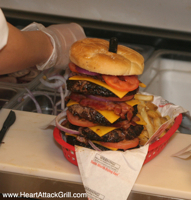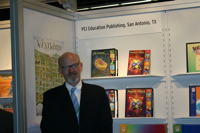 Over the past couple of decades education publishing has been characterized by waves of consolidation into a handful of giant conglomerates. This is a typical pattern in an industry as products commoditize.
Over the past couple of decades education publishing has been characterized by waves of consolidation into a handful of giant conglomerates. This is a typical pattern in an industry as products commoditize.
If products are effectively interchangeable (commodities) competitors gain competitive advantage through industrial scale cost management (economies of scale). Bigger warehouses, off-shoring production, distribution networks built on fleets of professional salespeople, and access to capital drove smaller players into the arms of Pearson, McGraw-Hill, Houghton Mifflin (Harcourt), and Scholastic.
We can see that they became huge – but what were the market forces that drove them to do this?
 The Education Business Blog
The Education Business Blog


 An understatement – education publishing is changing.
An understatement – education publishing is changing. 50% of the men did not wear neck ties at this year’s
50% of the men did not wear neck ties at this year’s  In discussing the potential for ads in e-books – the latest hail mary pass of traditional media –
In discussing the potential for ads in e-books – the latest hail mary pass of traditional media – 
 OK – admit it, trade shows are fun. Sometimes traveling to a distant city, circulating with your peers, and dining out on the company can be a kick. You are learning too – about competitors and about your customers. The deadlines around a trade show can produce drama and tension, and some people thrive on that.
OK – admit it, trade shows are fun. Sometimes traveling to a distant city, circulating with your peers, and dining out on the company can be a kick. You are learning too – about competitors and about your customers. The deadlines around a trade show can produce drama and tension, and some people thrive on that. At PCI we are putting the finishing touches on our 2010 budget. The Stimulus funds are creating a particular challenge as we look out over the next 12-24 months. On the one hand there should be plenty of new money in the market next year. On the other, despite ARRA
At PCI we are putting the finishing touches on our 2010 budget. The Stimulus funds are creating a particular challenge as we look out over the next 12-24 months. On the one hand there should be plenty of new money in the market next year. On the other, despite ARRA  Vast is too small a word to describe the
Vast is too small a word to describe the